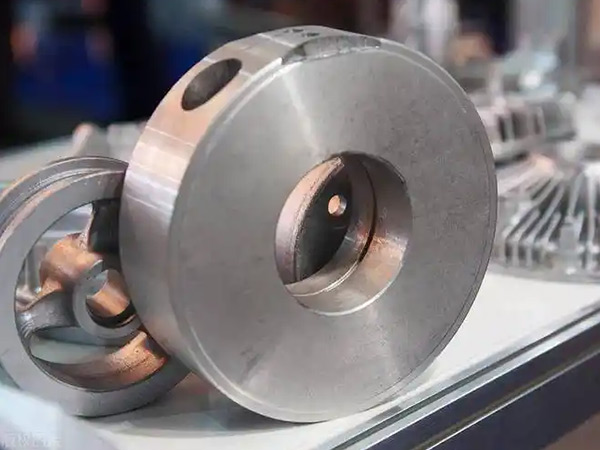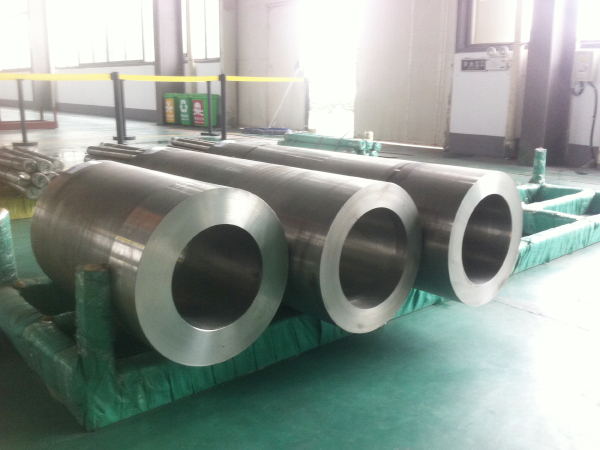The cast superalloy supply chain plays a critical role in industries such as aerospace, power generation, and industrial gas turbines. These high-performance materials are essential for components exposed to extreme temperatures and mechanical stress. However, recent disruptions and evolving market dynamics have introduced new challenges that could impact production efficiency, cost structures, and long-term reliability. This article examines the key issues affecting the cast superalloy supply chain and their potential implications.

1. Raw Material Availability and Price Volatility
One of the primary challenges in the cast superalloy supply chain is the fluctuating availability and pricing of key raw materials, including nickel, cobalt, and refractory metals. Geopolitical tensions, export restrictions, and mining disruptions have contributed to supply uncertainties. Additionally, competition from other industries, such as electric vehicle battery production, has increased demand for these materials, leading to price volatility that affects production costs.
2. Complex Manufacturing and Quality Control Requirements
Cast superalloys require precise manufacturing processes, including advanced melting, casting, and heat treatment techniques. Maintaining consistent quality across batches is critical, as defects can lead to component failures in high-stress environments. However, the complexity of these processes makes production susceptible to delays and inefficiencies, particularly when scaling up to meet growing demand.
3. Supply Chain Disruptions and Lead Time Variability
Global supply chain disruptions, including transportation bottlenecks and logistical challenges, have extended lead times for cast superalloy components. Many manufacturers rely on specialized foundries with limited capacity, and delays in one part of the supply chain can ripple through production schedules. This variability makes it difficult for end-users to plan long-term procurement strategies.
4. Technological and Workforce Challenges
The production of cast superalloys requires specialized knowledge and skilled labor. However, an aging workforce and a shortage of trained metallurgists and foundry experts pose risks to production continuity. Additionally, the adoption of new manufacturing technologies, such as additive manufacturing for superalloys, presents both opportunities and challenges in integrating these methods into existing supply chains.
5. Regulatory and Compliance Pressures
Increasing regulatory scrutiny on material sourcing, particularly concerning conflict minerals and trade compliance, adds complexity to the supply chain. Manufacturers must ensure traceability and adherence to international standards, which can increase administrative burdens and procurement costs.

Conclusion
The cast superalloy supply chain faces multiple challenges, from raw material shortages to manufacturing complexities and workforce constraints. Companies in this sector must adopt proactive strategies, including diversified sourcing, advanced process optimization, and workforce development, to maintain stability and meet growing industry demands. Addressing these challenges will be crucial for ensuring the long-term reliability and efficiency of cast superalloy production.